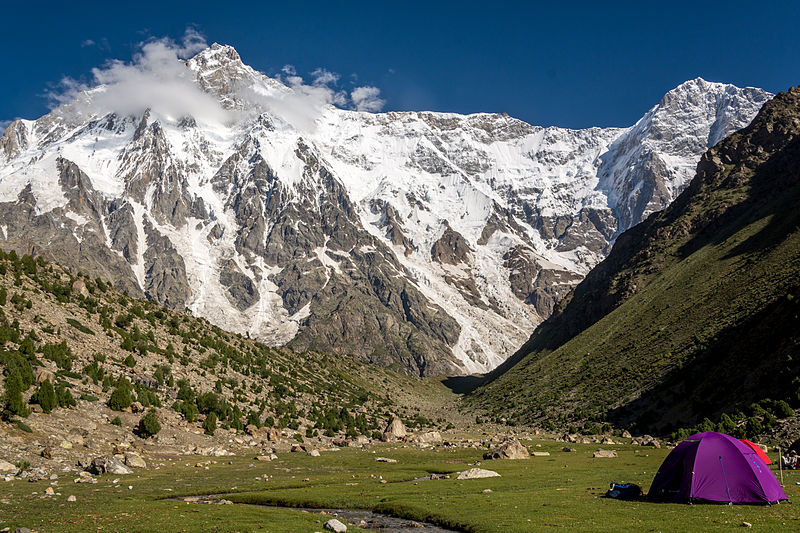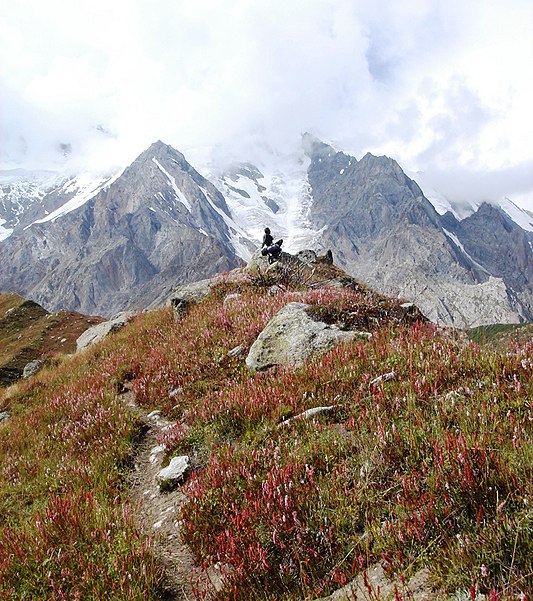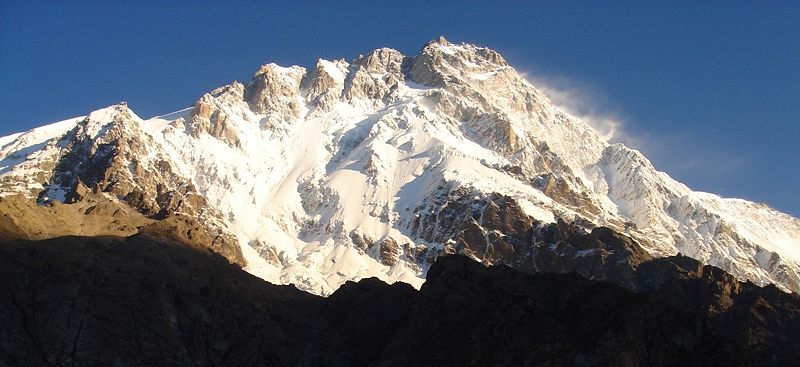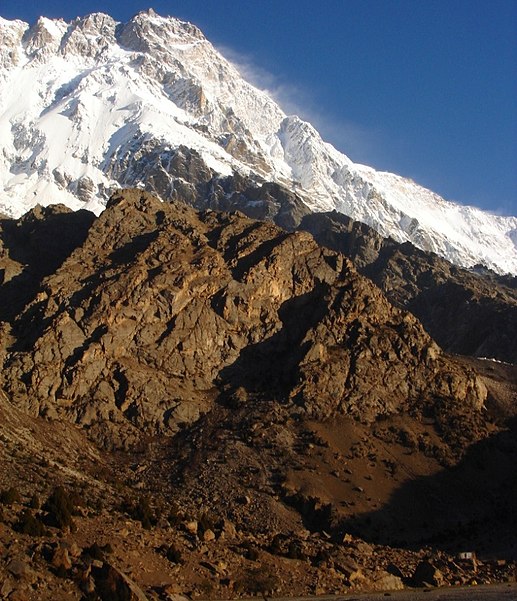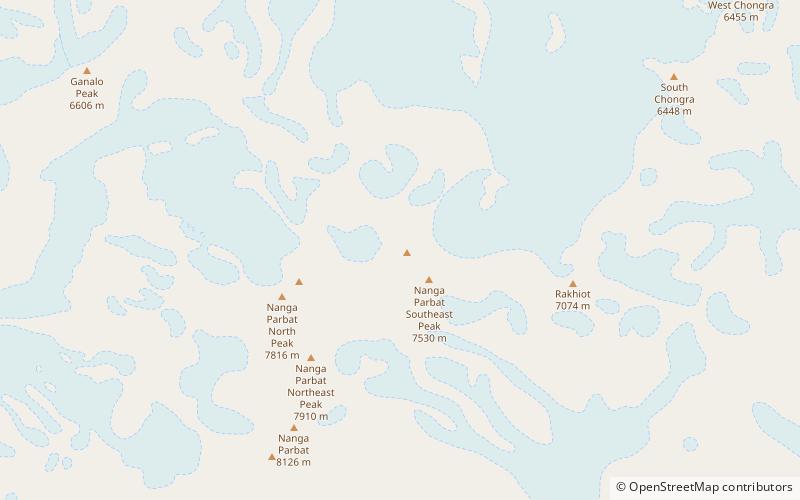Nanga Parbat
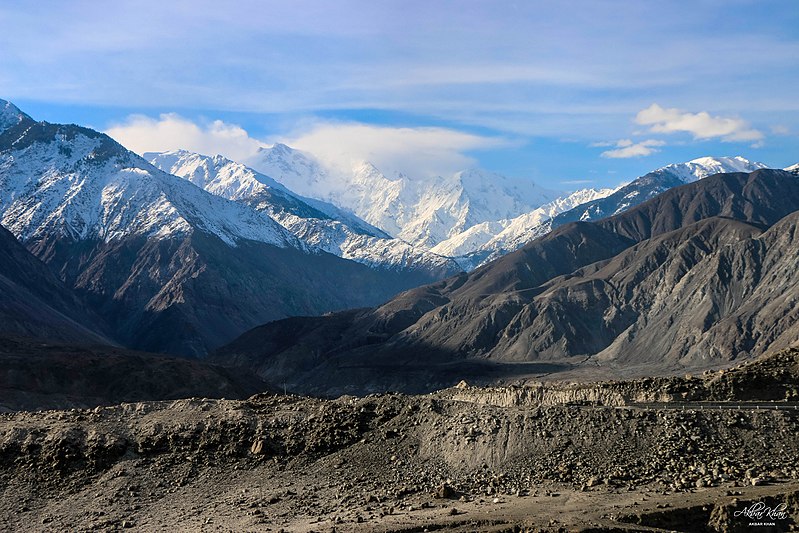
Facts and practical information
Nanga Parbat, often referred to as the "Killer Mountain," is a formidable peak that soars skywards in the Gilgit-Baltistan region of Pakistan. Standing at an imposing height of 8,126 meters, it is the ninth highest mountain in the world and an iconic feature of the Himalayas. This colossal mountain is not only renowned for its sheer size but also for the extreme challenges it poses to mountaineers.
Nanga Parbat has a notorious reputation for its treacherous climbing conditions, with frequent avalanches and unpredictable weather patterns. It was first summited in 1953 by Austrian climber Hermann Buhl, who accomplished the feat in a solo ascent without the use of supplemental oxygen, a feat that remains as impressive today as it was then.
The mountain's name, which translates to "Naked Mountain" in Urdu, is aptly given for its exposed rock faces and the absence of vegetation at higher altitudes. Its Rupal Face, on the mountain's south side, is the highest precipice on Earth, rising approximately 4,600 meters from its base.
Nanga Parbat is not only a climbing destination but also a site of immense natural beauty. It is surrounded by lush valleys, alpine meadows, and pristine forests, making it a spectacular sight for trekkers and nature enthusiasts. The Fairy Meadows, located at the base of the mountain, offers one of the most breathtaking views of Nanga Parbat and is a popular starting point for those looking to explore the region.
Northern Areas
Nanga Parbat – popular in the area (distance from the attraction)
Nearby attractions include: Ganalo Peak, Rakhiot Peak, Silberzacken.


